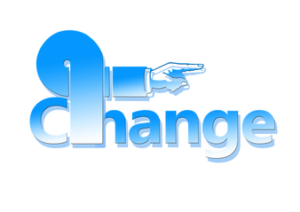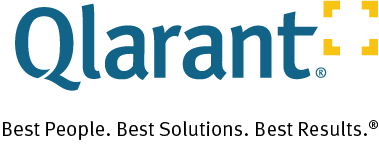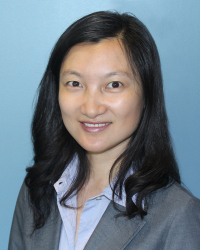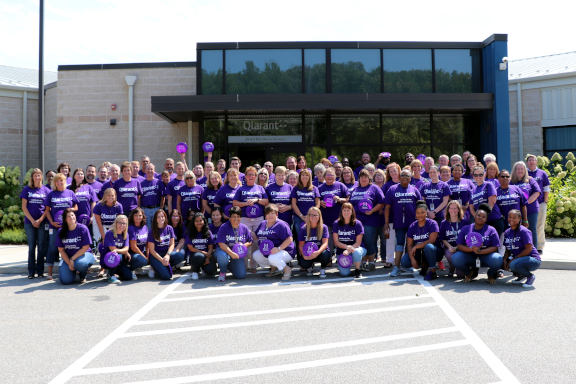Growing Pains
Information Technology (IT) implementation in a healthcare setting like a hospital is a complex process. The nature of work in patient care delivery is intrinsically complicated, time-sensitive, and highly uncertain. In order to ensure quality, hospitals adopt rigorous sets of clinical routines that caregivers must engage in as they administer patient care. IT adoption however, from early CT scanners and radiology imaging devices to more recent software applications that collect electronic healthcare records, can bring disruptions to the clinical routines that healthcare providers are accustomed to.
Under such circumstances, what are the underlying mechanisms that would lead to a successful IT adoption in a healthcare setting? This question motivated a study by Goh, Gao, and Agarwal published in 2011. In an extensive longitudinal field study, those researchers observed the process when a large hospital shifted its paper-based clinical documentation to a computerized documentation system (CDS) and studied the CDS implementation through two key routines in the hospital: rounding routine and consulting routine.
They found that three mechanisms constitute the CDS implementation and these mechanisms evolved from the pre-implementation phase to the transition phase and again to the refinement phase. Those three mechanisms are: 1) technology capabilities and what users can do with the technology; 2) users’ perceived value of the technology, which is more symbolic and abstract compared to the first mechanism; and 3) the role that leadership and personal innovativeness plays in steering the first two mechanisms.
To illustrate, before CDS launched, potential users in the hospital envisioned that CDS would bring legible and timely information and reduce redundancy. They believed that CDS would provide such values as enhancing care quality, improving patient safety, and enhancing efficiency. Leaders were motivating training and education opportunities in the hospital and individual users were actively preparing for changes to their routines.
 After CDS went live however, users found that the new user interface slowed them down in typing, there was not enough computers on wheels (COWs) to handle CDS, billing codes in the system were incomplete, and there were missing features such as the ability to track communications between healthcare providers about the patient. At that point, users thought that CDS had led to loss of productivity, a decrease in quality, and lowering of safety and accountability. Facing these challenges, leadership tried to restore the confidence among users about the potential of CDS. The users, in turn, worked to develop workarounds to address the issues they encountered with CDS.
After CDS went live however, users found that the new user interface slowed them down in typing, there was not enough computers on wheels (COWs) to handle CDS, billing codes in the system were incomplete, and there were missing features such as the ability to track communications between healthcare providers about the patient. At that point, users thought that CDS had led to loss of productivity, a decrease in quality, and lowering of safety and accountability. Facing these challenges, leadership tried to restore the confidence among users about the potential of CDS. The users, in turn, worked to develop workarounds to address the issues they encountered with CDS.
As they continued to use CDS, healthcare providers explored the use of the more advanced features in CDS. For instance, they developed specialized templates to reduce the number of clicks required to create a note and created a list of common diagnoses codes to speed up the search process. In addition, the users began to associate positive values with the CDS, such as performance improvement and providing physicians with a sense of autonomy. Attending physicians, who were held high in regard in the hospital, began to build tentative optimism about the CDS implementation. Individual users also began to be creative with the system and use the technology for other than its explicitly intended purposes.
The process of refinement was continuous and ongoing and the CDS was integrated as part of the rounding and consulting routines in the hospital. From users’ interaction with and perception of the technology, the implementation of CDS was deemed successful six months after rollout.
This study has implications for both the creators and consumers of health IT solutions. For creators, normally the focus is on developing technological capabilities. While doing that, creators also need to be mindful about how technologies might disrupt users’ work routines. More importantly, creators need to understand how users’ perceived value or symbolic expression of the technology might evolve over time and should consider those aspects while refining the solution itself.
For consumers of the technology, the take-away from the study was that it is inevitable that users will need to develop workarounds while interacting with the technology and they are encouraged to employ innovativeness and suggest refinements in ways in which new technology can be used. Gradually, the health IT solutions will influence and adapt to the routine of the work process.
Citation
Goh, Jie Mein, Guodong Gao, and Ritu Agarwal. “Evolving work routines: adaptive routinization of information technology in healthcare.” Information Systems Research 22.3 (2011): 565-585.







